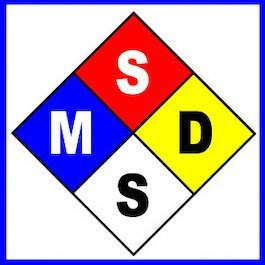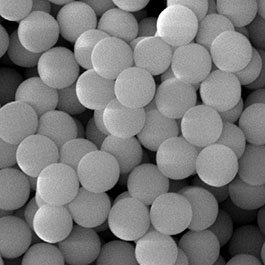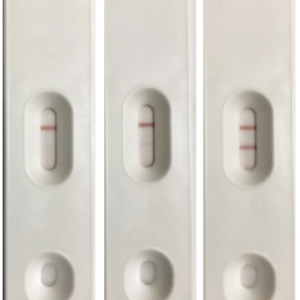SOLAD™ is a proprietary product range of highly monodisperse, spherical, durable and reproducible non-porous silica particles manufactured by Glantreo. Our proprietary process is both stringent and flexible and thereby allows control over the particle size and particle size distribution is a reproducible manner. This control allows Glantreo to extend the SOLAD™ particle size range from 15nm to 70um.
Leveraging the world-class SOLAD™ particle, we have further enhanced the usability of the materials by adding chemistries and functionalities that make the materials ‘more ready to use’ These functionalities include various carbon chains (C1 to C18), Li Ion, Carboxyl, Streptavidin, Amine and Thiol. If you have a specific requirement then please ask as we have done broad experience.
Our particles have be utilised in a wide range of applications area. For example: Photonics, Nanomedicine, Imaging and diagnostics, Bio-nano toxicology, Chemical Mechanical Polishing (CMP), Bases/templates to grow other inorganic oxide monodisperse particles, Nano chromatography, Battery (Ionic Conductivity & Reduction of electrolyte stratification processes) and Calibration aids.

| Product Form | Powder, Water Dispersion, Ethanol Dispersion |
| Particle Size | 150nm, 200nm, 300nm, 400nm, 500nm, 600nm, 750nm, 1um, 2um, 3um, 10um, 20um, 50um, 70um |
| Functionality | Unfunctionalised, Li Ion, Amine |
| Pack Size | 1ml, 2ml, 10ml, 25ml, 5g, 10g |
| Wt% | 1%, 5%, 10%, 20%, 25% |
| %CV | <10% |
If you have published and cited Glantreo’s materials then click here to let us know.
Clifford A. Barnes, Andreas Elsaesser, Joanna Arkusz, Anna Smok, Jadwiga Palus, Anna Lesniak, Anna Salvati, John P. Hanrahan, Wim H. de Jong, Elzbieta Dziubaltowska, Maciej St?pnik, Konrad Rydzynski, George McKerr, Iseult Lynch, Kenneth A. Dawson and C. Vyvyan Howard, Reproducible Comet Assay of Amorphous Silica Nanoparticles Detects No Genotoxicity. Nano Letters, 2008, 8 (9), pp 3069–3074. doi: 10.1021/nl801661w http://pubs.acs.org/doi/abs/10.1021/nl801661w#citing
Makoto Ema∗, Norihiro Kobayashi, Masato Naya, Sosuke Hanai, Junko Nakanishi, Reproductive and developmental toxicity studies of manufactured nanomaterials, Reproductive Toxicology 30 (2010) 343–352
Iseult Lynch, Sara Linse, C Vyvyan Howard, Maciej Stepnik, Konrad Rydzynski, John Hanrahan, Wim de Jong, Dominique Langevin, Joachim Rädler, Wolfgang Parak, Yuri Volkov, Marek Radomski, Robert Thomas, Jacob Klein, Andrew A Barron, Colin Janssen, Fiona M Lyons, Francis Quinn, Bert Swennen, Peter Cuypers, Angela Duffy and Kenneth A Dawson, NANOINTERACT: A rational approach to the interaction between nanoscale materials and living matter, Journal of Physics: Conference Series Volume 170 Number 1.doi:10.1088/1742-6596/170/1/012040 http://iopscience.iop.org/1742-6596/170/1/012040/cites
Bashir Mustafa Mohamed, Navin Kumar Verma, Adriele Prina-Mello, Yvonne Williams, Anthony M Davies, Gabor Bakos, Laragh Tormey, Connla Edwards, John Hanrahan, Anna Salvati, Iseult Lynch, Kenneth Dawson, Dermot Kelleher,and Yuri Volkov, Activation of stress-related signalling pathway in human cells upon SiO2 nanoparticles exposure as an early indicator of cytotoxicity. Journal of Nanobiotechnology. 2011;9:29. doi:10.1186/1477-3155-9-29.http://www.jnanobiotechnology.com/content/9/1/29
Margriet V.D.Z. Park a,b,⁎, Wijtske Annema a, Anna Salvati c, Anna Lesniak c, Andreas Elsaesser d, Clifford Barnes d, George McKerr d, C. Vyvyan Howard d, Iseult Lynch c, Kenneth A. Dawson c, Aldert H. Piersma a,e, Wim H. de Jong a, In vitro developmental toxicity test detects inhibition of stem cell differentiation by silica nanoparticles, Toxicology and Applied Pharmacology 240 (2009) 108–116
Markus Roller, In vitro genotoxicity data of nanomaterials compared to carcinogenic potency of inorganic substances after inhalational exposure, Mutation Research 727 (2011) 72–85
Mostafa Yazdimamaghani, PhDa,b, Philip J. Moos, PhDb,c, Marina A. Dobrovolskaia, PhDd, Hamidreza Ghandehari, PhD, Genotoxicity of amorphous silica nanoparticles: Status and prospects, Nanomedicine: Nanotechnology, Biology, and Medicine 16 (2019) 106–125


